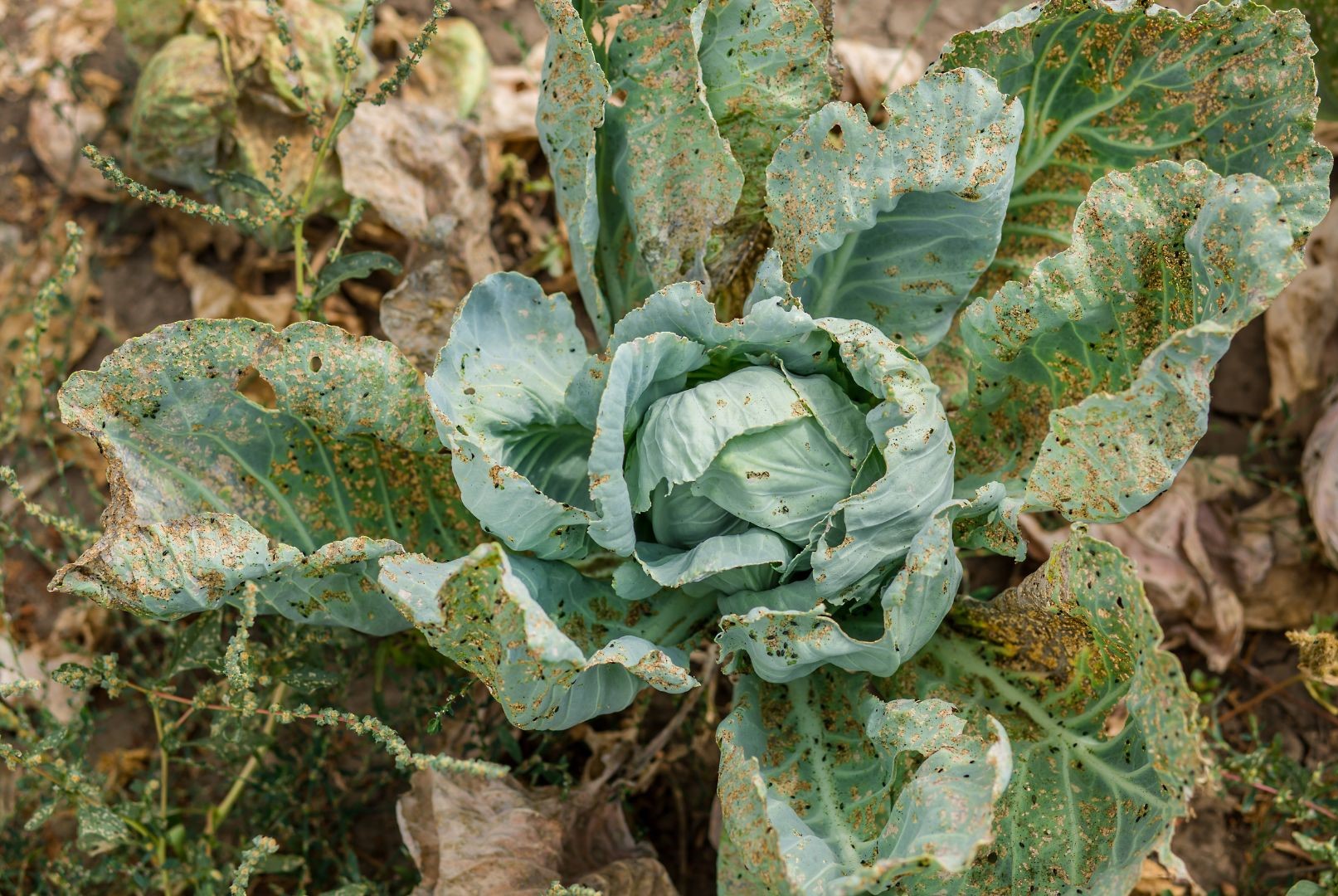How Landscape Engineering can Help in Pest Management: Case Studies
“Landscape engineering” is the interdisciplinary application of engineering and other applied sciences to the design and creation of anthropogenic landscapes. The technique of modifying the crop landscape through various means is referred to as Landscape Engineering. It involves exploring the factors driving arthropod dynamics at the landscape scale.
Landscape Engineering for pest Management
- Arrange flowering plants or compatible cash crops along the orchard border, positioning shorter plants closer to the main crop and taller plants closer to the border. This setup aims to attract natural enemies while deterring immigrating pest populations.
- Grow flowering plants on the internal bunds inside orchards.
- Not to uproot weed plants that are growing naturally like Tridax procumbens, Ageratum spp., Alternanthera spp. etc., which act as a nectar source for natural enemies.
- Landscape Engineering for Pest Management (Below Ground)
- Keep soils covered year-round with living vegetation and/or crop residue.
- Reduce tillage intensity so that hibernating natural enemies can be saved.
- Grow antagonistic crops, like- marigolds, mustard, etc., which will repel nematodes and other soil pest species.
1. Management of Aphid in Cole Crops through Landscape Engineering:
During a demonstration of ecological engineering in Cole crops conducted by the Directorate of Plant Protection, Quarantine & Storage, Cole crops were bordered by Sunflower, Mustard, Marigold, and Coriander crops. The Sunflower was the tallest crop to attract the Helicoverpa pest; it was surrounded by two rows of mustard to attract Chrysoperla and Lady Bird Beetle. Coriander crops attract different natural enemies of main crop pests. Marigold was the preferable crop for egg laying of Helicoverpa. It was observed that the cabbage and cauliflower crops were found to be affected by aphids, and the aphid population on Cole crops was found to be parasitized by Aphidius, a potential parasite of aphids. This parasite was able to manage the aphid population on Cole crops.
2. Landscape Engineering in Cabbage Ecosystem:
A study by NIPHM demonstrated that cabbage crops grown by farmers with intensive use of chemical pesticides could be successfully grown by adopting AESA-based IPM in conjunction with Ecological Engineering for Pest Management. This was done by continuously monitoring the crop, increasing biodiversity in the crop ecosystem by ecological engineering with a special focus on mustard as a trap crop, which attracted leaf Webber and, to some extent, aphid population onto it. The combination of these practices reduced pest density up to 60 days after transplanting, which helped maintain a favorable P: D ratio. Whenever unfavorable P:D ratios were observed during the mid-crop growth stage, appropriate bio-intensive management tactics were adopted, such as releasing natural enemies and applying botanical pesticides. The study showed that bio-intensive approaches in cabbage crop ecosystems not only reduce the cost of cultivation but also minimize pesticide residues in crop produce, conserve and increase natural enemies, and protect the environment. (Plant Health Newsletter July- Sept 2014). There is a need to popularize these concepts among farmers.
3. Landscape Engineering in Paddy Ecosystem:
The National Institute of Plant Health Management (NIPHM), Hyderabad, introduced Ecological
engineering for pest management to help farmers maintain biodiversity and keep pests under
control while maintaining the paddy ecosystem in the Erode district. Mr. Karthikeyan, a paddy farmer who adopted this technology in his field in Singiripalayam village, found the technology encouraging since there is a 45 to 50% reduction in pest population. “I have also observed that natural predators on pests, like damsel fly, praying mantis, and spider population, have increased in my field”, says the farmer. Analysis showed that natural enemies could maintain the pest population infesting the paddy crop. Adopting this technology suppresses the pest population and enhances soil health. (Prabhu, 2015).
Further reading
Ecological Engineering and Habitat Manipulation for Boosting Natural Enemies of Crop Pests
Integrated Pest (Disease & Weed) Management (IPM): Principles, Practices and Advantages
References
- Nayak, Sudhanshu & Kolanthasamy, Elango & Thangavel, Tamilnayagan & Ks, Vinayaka. (2020). Role of Ecological Engineering in Pest Management.
- Gurr, Geoff et al., 2004, Ecological Engineering for Pest Management: Advances in Habitat Manipulation for Arthropods.
- Akter, M. , Siddique, S. , Momotaz, R. , Arifunnahar, M. , Alam, K. and Mohiuddin, S. (2019) Biological Control of Insect Pests of Agricultural Crops through Habitat Management Was Discussed. Journal of Agricultural Chemistry and Environment, 8, 1-13. doi: 4236/jacen.2019.81001.
- Mauricio González-Chang, Sundar Tiwari, Sheela Sharma, Steve D Wratten, Habitat Management for Pest Management: Limitations and Prospects, Annals of the Entomological Society of America, Volume 112, Issue 4, July 2019, Pages 302-317, https://doi.org/10.1093/aesa/saz020.
- Rodriguez-Saona, Cesar, Brett R. Blaauw, and Rufus Isaacs. “Manipulation of natural enemies in agroecosystems: habitat and semiochemicals for sustainable insect pest control.” Integrated pest management and pest control–current and future tactics(2012): 89-126.
- Bianchi F.J.J.A, Booij C.J.H and Tscharntke T, 2006, Sustainable pest regulation in agricultural landscapes: a review on landscape composition, biodiversity and natural pest control. R. Soc. B. 273: 1715–1727. http://doi.org/10.1098/rspb.2006.3530
- Altieri, Miguel A., and Clara I. Nicholls. “Effects of agroforestry systems on the ecology and management of insect pest populations.” Ecological engineering for pest management: advances in habitat manipulation for arthropods. CSIRO, Collingwood(2004): 143-155.
- Mainak Bhattacharyya. The push-pull strategy: A new approach to the eco-friendly method of pest management in agriculture. J Entomol Zool Stud 2017;5(3):604-607.
- Boesing, Andrea L., Elizabeth Nichols, and Jean P. Metzger. “Effects of landscape structure on avian-mediated insect pest control services: a review.” Landscape Ecology5 (2017): 931-944.
- Rusch, Adrien, et al. “Agricultural landscape simplification reduces natural pest control: A quantitative synthesis.” Agriculture, Ecosystems & Environment221 (2016): 198-204.










































































